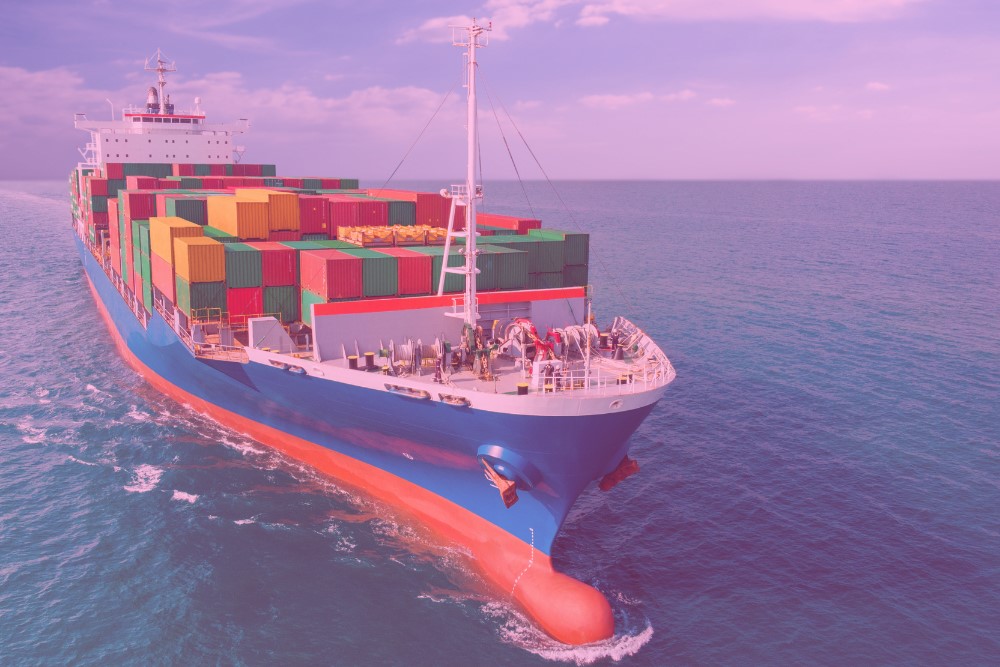If you are shipping goods between locations, a bill of lading (BOL) is the most important document that you need to understand. A bill of lading is a legal document that accompanies the goods that are being transported and details the type of goods, quantity of goods and the destination of goods being shipped. This page deals with bills of lading in Australia.
Purpose of a bill of lading
A bill of lading is used to confirm that goods have been received as cargo for delivery.
They represent a property right in the goods being transported, meaning that whoever has possession of the bill of lading, owns the cargo. In other words, they are a document of title.
A BOL also operates as a contract, detailing who is shipping the goods to whom and the terms of the contract including the loading and destination points and any special shipping instructions.
Information included on bills of lading
A bill of lading includes the following information:
- The terms of the contract of carriage
- The loading and destination points
- A description of the goods, including number, weight, size and value
- The name and contact details of the receiver
- Any special shipping instructions
Types of BOL
Bills of lading are used whenever goods are transported as cargo. This includes when goods are transported by ocean, by airway, and multimodally.
Different types of BOL are used in different situations.
- Inland BOL – this is a contract for the overland transportation of goods
- Ocean BOL – this is document used when goods are transported over international waters
- Through BOL – this is a document for the transportation of goods both within a country and through international shipment – for example, when goods are exported
- Negotiable BOL – this is a contract of carriage that can be transferred to a third party by consignment. The third party must then deliver the goods to the receiver.
- Claused BOL – this is a document used when goods have been damaged or where there is a shortfall in the goods delivered. This BOL is provided when the shipment did not deliver what was promised. It is also known as a ‘dirty bill of lading’
- Clean BOL – this is a document that declared there was no damage or shortfall in the goods transported. It is issued after the goods have been thoroughly inspected.
- Uniform BOL – this is a standardized agreement between an exporter and a carrier. It sets out the carrier’s liability with respect to specific types of shipments.
Issuing bills of lading
A bill of lading is issued by the shipper when it receives the goods. The shipper is the party that is responsible for packing and preparing the goods for transportation. It may be you supplier or warehouse/manufacturer.
A copy of the bill of lading is retained by the shipper. A copy is provided to the broker or third party and to the consignee. The consignee is the party that is receiving the goods, usually the buyer.
Telex release
A telex release is an electronic message sent to indicate that the shipper has surrendered the original bill of lading. This allows for the cargo to be released without the physical presentation of the bill of lading.
The advantages of using a telex release are that it can be transmitted instantly and with no risk of documents getting lost. However, relying on a telex release carries a risk of electronic fraud, which could result in cargo being incorrectly released.
Disputes
If a dispute arises about the transportation of goods, the bill of lading will be examined to help determine the outcome. It is essential to get all the details right on bills of lading as these documents will be central to settling any disputes between parties.
If you require legal advice or representation in any legal matter, please contact Taylor Rose.




